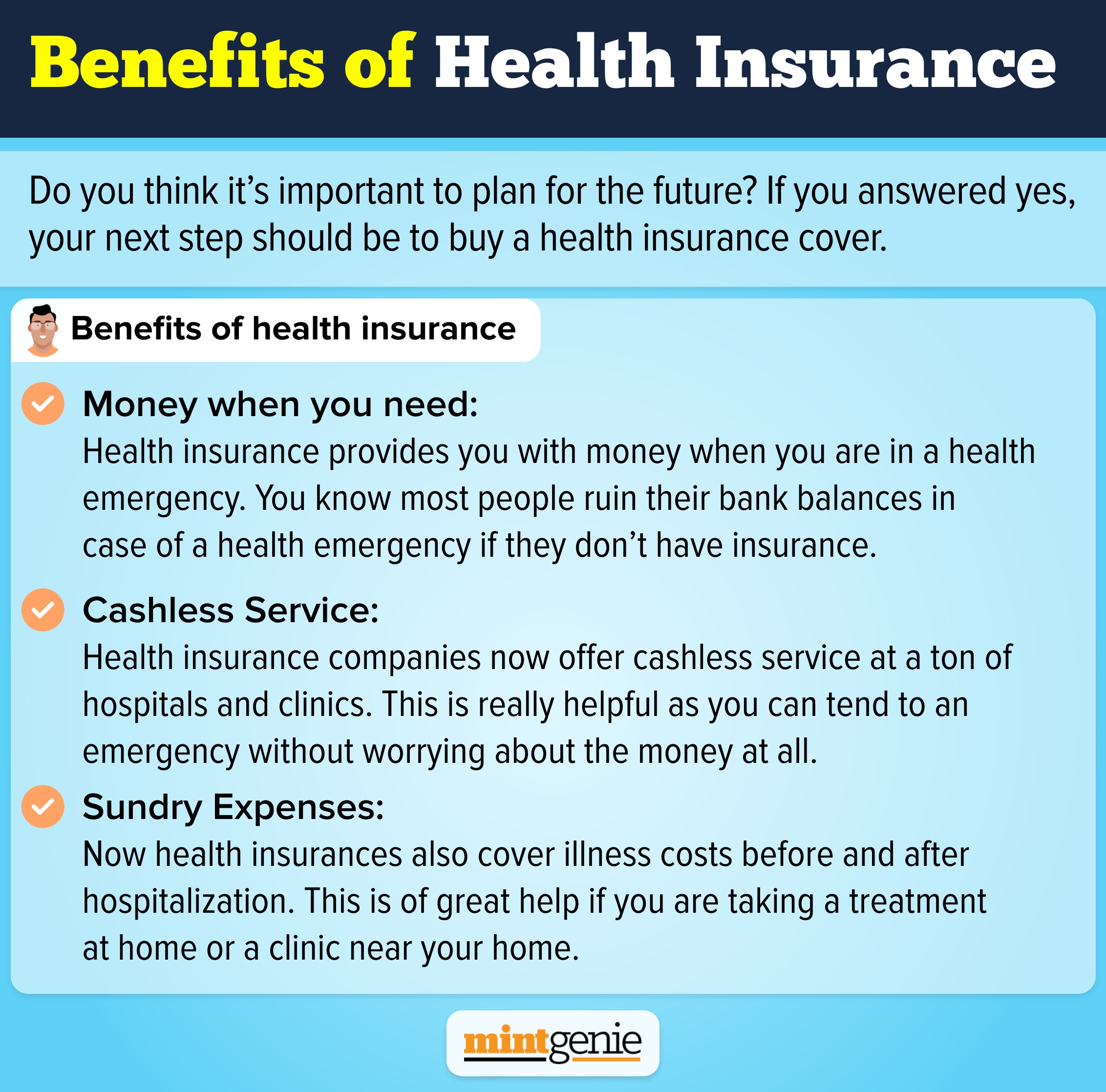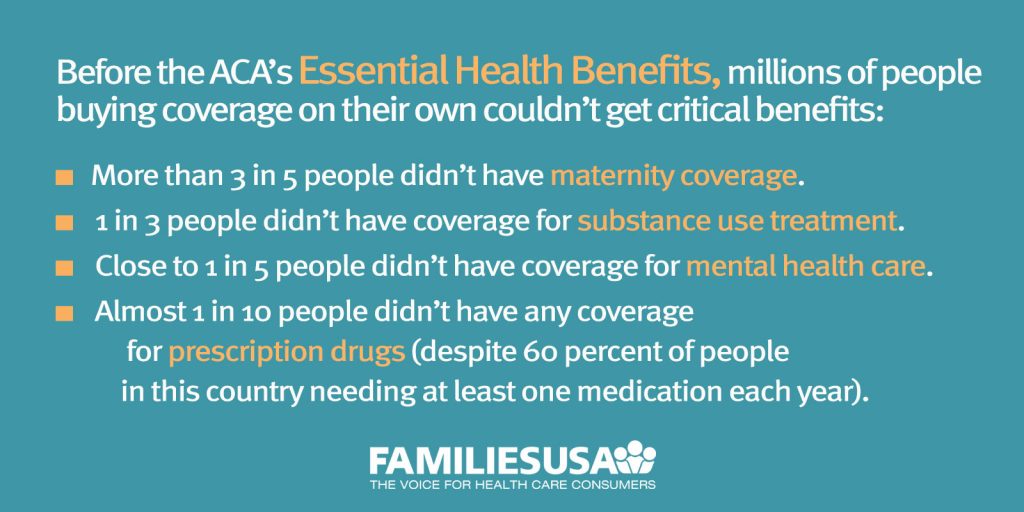Not known Details About Annuities In Toccoa, Ga
Not known Details About Annuities In Toccoa, Ga
Blog Article
6 Easy Facts About Annuities In Toccoa, Ga Described
Table of ContentsThe 15-Second Trick For Home Owners Insurance In Toccoa, GaInsurance In Toccoa, Ga Can Be Fun For AnyoneThe Buzz on Final Expense In Toccoa, GaSome Ideas on Annuities In Toccoa, Ga You Need To Know

1 and 3. 2 (Health Insurance in Toccoa, GA), for additional information. New immigrants represent a considerable percentage of individuals without health and wellness insurance policy. One evaluation has connected a substantial portion of the current growth in the size of the united state uninsured population to immigrants that got here in the country between 1994 and 1998 (Camarota and Edwards, 2000)
Medical insurance insurance coverage is a crucial element in many models that portray accessibility to healthcare. The relationship between medical insurance and access to care is well developed, as recorded later in this chapter. The relationship between health and wellness insurance coverage and health results is neither direct nor simple, a substantial clinical and wellness services research literary works links health insurance protection to enhanced accessibility to care, better quality, and improved individual and populace health condition.
Get This Report on Insurance In Toccoa, Ga
The troubles encountered by the underinsured are in some aspects similar to those faced by the without insurance, although they are normally less severe. Uninsurance and underinsurance, nevertheless, include noticeably various policy problems, and the methods for addressing them might differ. Throughout this research study and the 5 records to comply with, the main emphasis gets on individuals with no medical insurance and therefore no assistance in spending for wellness treatment beyond what is offered through charity and safeguard institutions.

Health insurance is an effective aspect affecting receipt of treatment due to the fact that both people and medical professionals reply to the out-of-pocket price of services. Health and wellness insurance coverage, nevertheless, is neither necessary nor sufficient to access to medical services. Nonetheless, the independent and straight effect of health insurance coverage on accessibility to health and wellness services is well developed.
Others will obtain the healthcare they require even without medical insurance, by spending for it out of pocket or seeking it from providers who provide treatment complimentary or at highly subsidized prices - Life Insurance in Toccoa, GA. For still others, health insurance alone does not ensure invoice of treatment due to other nonfinancial barriers, such as an absence of healthcare companies in their community, restricted accessibility to transportation, illiteracy, or etymological and cultural distinctions
Medicare/ Medicaid In Toccoa, Ga - Truths
Formal research study regarding without insurance populaces in the USA dates to the late 1920s and early 1930s when the Board on the Cost of Treatment produced a collection of records concerning financing physician office brows through and hospitalizations. This concern came to be significant as the numbers of medically indigent climbed throughout the Great Anxiety.
Empirical researches continually sustain the web link in between access to care and enhanced wellness results (Bindman et al., 1995; Starfield, 1995). Having a routine source of care can be thought about a forecaster of access, instead than a straight step of it, when wellness end results are themselves used as access signs.
3 Simple Techniques For Health Insurance In Toccoa, Ga

Emergency situation departments are depicted as a pricey and inappropriate site of main care solutions, several uninsured people seek care in emergency situation divisions due to the fact that they are sent there by other health and wellness care providers or have nowhere else to go. Emergency situation treatment specialists argue that the nation's emergency divisions not just work as companies of last resource yet are a critical entry point into the wellness care system (O'Brien et al (https://sandbox.zenodo.org/records/25112)., 1999)
Phase 2 supplies an introduction of how employment-based wellness insurance, public programs and specific insurance policy plans operate and communicate to provide substantial but insufficient insurance coverage of the U.S. population. This includes a testimonial of historical trends and public check it out policies impacting both public and personal insurance coverage, a conversation of the communications amongst the various kinds of insurance, and an examination of why people relocate from one program to one more or end up without coverage.Chapter 3 synthesizes existing info to reach a composite summary of the without insurance: What qualities do people without protection often share? Where do the without insurance online? The chapter likewise offers information concerning the danger of being or ending up being without insurance: How does the possibility of being uninsured change depending on chosen characteristics, such as racial and ethnic identity, country or metropolitan residency, and age? What are the possibilities for specific populations, such as racial and ethnic minorities, country citizens, and older working-age individuals, of being uninsured? How does the chance of being without insurance modification over a life time? Along with identifying the possibility of being without insurance in regards to a solitary measurement, such as gender, age, race, job condition, or geographic area, Chapter 3 Presents the outcomes of multivariate evaluations that use a more interesting depiction of the elements that contribute to the possibilities of being uninsured.
Report this page